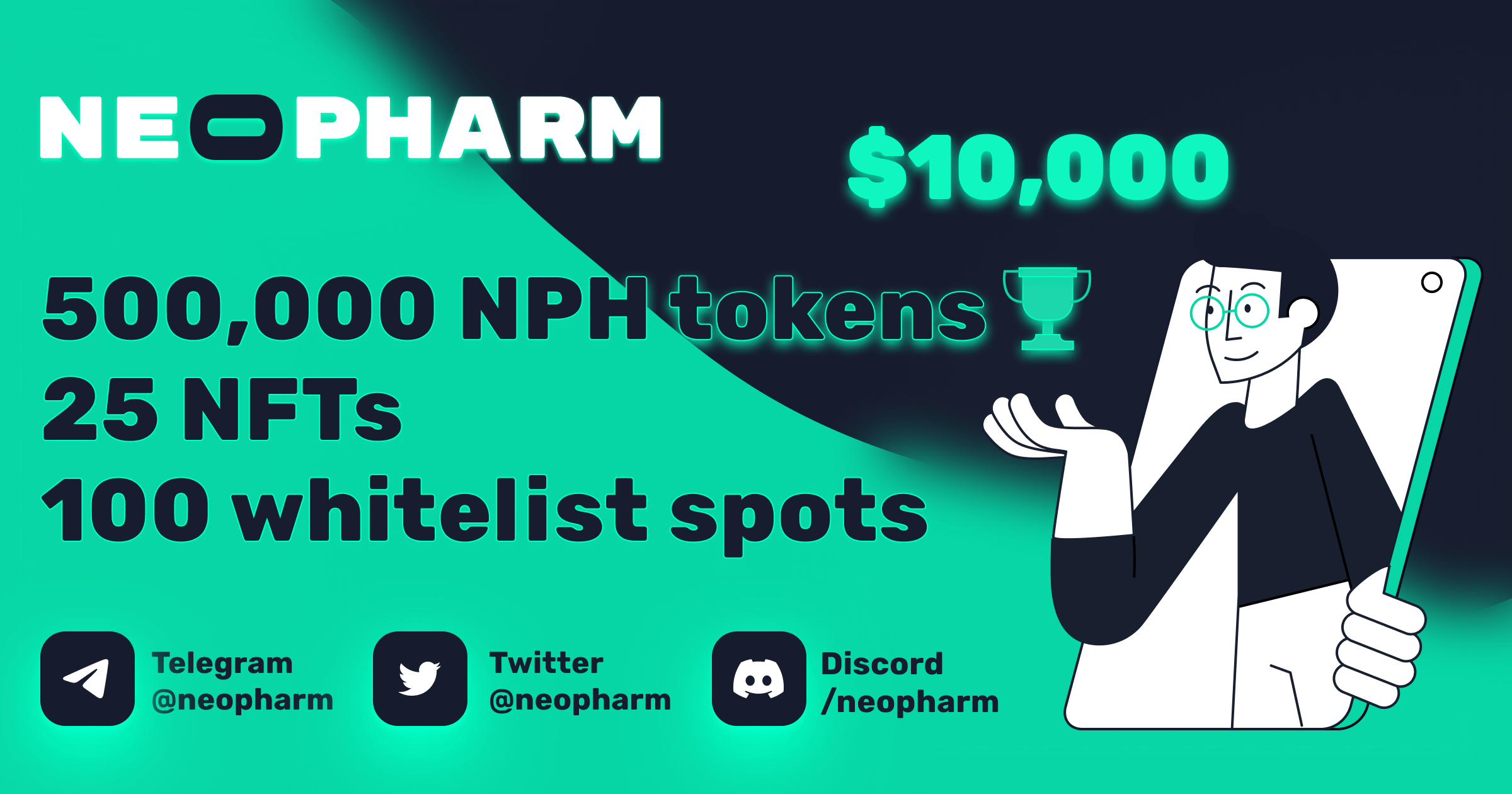How do you share your charity’s news with your supporters?
Chances are you send them emails and newsletters, but how many of them do you think read them?
Educating and inspiring your supporters isn’t as easy as you might think, even if you have something interesting to say and there’s a good reason why they should listen.
People tend to follow lots of charities and may receive several newsletters regularly, so they will be more selective about what they read than you think.
With so much website and email content these days, people are accustomed to short, punchy and engaging messages. If they don’t find them immediately, they’ll be looking for that red X or the delete button before they’re even consciously aware of it.
This is why we need to talk about charity mailings.
I’m on a large number of charity mailing lists and most organisations have really interesting news to share on a regular basis.
Some do this in an impactful, professional way.
However, too many smaller charities rely on the old-fashioned method of sending a mass email with a PDF attachment. Open this and you’ll find something which wouldn’t have looked out of place as a school or village newsletter 20 years ago. For me this is an instant turn-off, even if I know the charity has something interesting to say.
The PDF method has numerous problems:
- Appearance – regardless of the content, PDF newsletters tend to look flat, dated and uninspiring.
- Volume of information – it’s likely that you have a lot to say and it’s difficult to present that in a way which is friendly for the reader. I’ve seen some newsletters running across almost 10 pages before!
- Lack of engagement – PDF newsletters often fail to create that ‘what next?’ or ‘where next?’ moment. The reader simply opens the newsletter, reads a couple of stories and either deletes it or files it away.
- Spamtastic – there’s a major flaw with manually sending out mass emails with a PDF attachment. It’s a sure-fire way to trigger spam filters. I’ve got news for you that you’re probably not going to like – many of the emails that you send this way will never even reach their destination.
- Working in the dark – what makes this even worse is that you have no idea who is and isn’t receiving your email. How many people open it? What do they read and what do they like? It’s impossible to know.
- Admin burden – the process of manually preparing a mailing list, sending the email out – often in batches of 50 or 100 to avoid issues with your email provider – and individually dealing with any requests to unsubscribe is hugely time-consuming, meaning that you focus less on engaging and inspiring your supporters.
Hands up if you send your newsletters out this way but are now having second thoughts?
The solution is to use one of the many email marketing software packages out there. These allow you to manage your email subscribers, design newsletter templates and send them out in one click.
I really can’t emphasise enough how effective a little technology upgrade would be for many smaller charities. With simple email marketing software, you can:
- Design an engaging email template to use quickly every time. This will give your newsletters a much more engaging, consistent and professional feel.
- Send mailings to all your subscribers at the touch of a button. It’s gone in seconds, there’s no need to send it in batches and no risk of getting caught in any spam filters.
- Manage content more effectively between your newsletter and website. I highly recommend including much shorter stories in your newsletter with links through to full articles on your website. It will make your mailings much more engaging and digestible. Your best content will work harder as it will be seen by both your newsletter subscribers and your website visitors. You will also gain an insight into how popular your content is because you can see which stories people are clicking through to read fully (see below).
- See crucial statistics at a glance – such as how many people opened your mailings, who has clicked on any links and how many email addresses bounced. This helps you to understand what content is proving most popular and indentify individual supporters who are engaging with crucial content (such as an events sign-up page) so that you can follow up with them directly.
- Save lots of time – people can unsubscribe with one click and will be removed from your mailing list automatically. New subscribers will automatically join your list (bear in mind that you will still need to update any separate database / CRM that you use).
If you’re worried about the time and cost involved, you shouldn’t be. This can be very cheap or even free. I used to use a low-cost option called Constant Contact to send charity newsletters and now use Mailchimp – this is completely free if you have up to 2,000 subscribers and prices start at around £6 after that.
Even better, if you use Eventbrite to manage your events, it can be directly linked to your Eventbrite account and attendee data so that you can easily share updates, event reports and invitations for upcoming events.
If you can design a PDF newsletter or do basic web page editing then you’ll be capable of using email marketing software. The small amount of time that you invest up front in getting to grips with it and designing an email template will be completely outweighed by the ongoing time and efficiency savings.
There really is no excuse for persisting with PDF mailings – it’s time to get out of the dark ages!
If you’d like some more free tips on charity mailings, or some help planning your charity’s communications or setting up an email marketing account, please get in touch: http://www.limegreenconsulting.co.uk/contact





